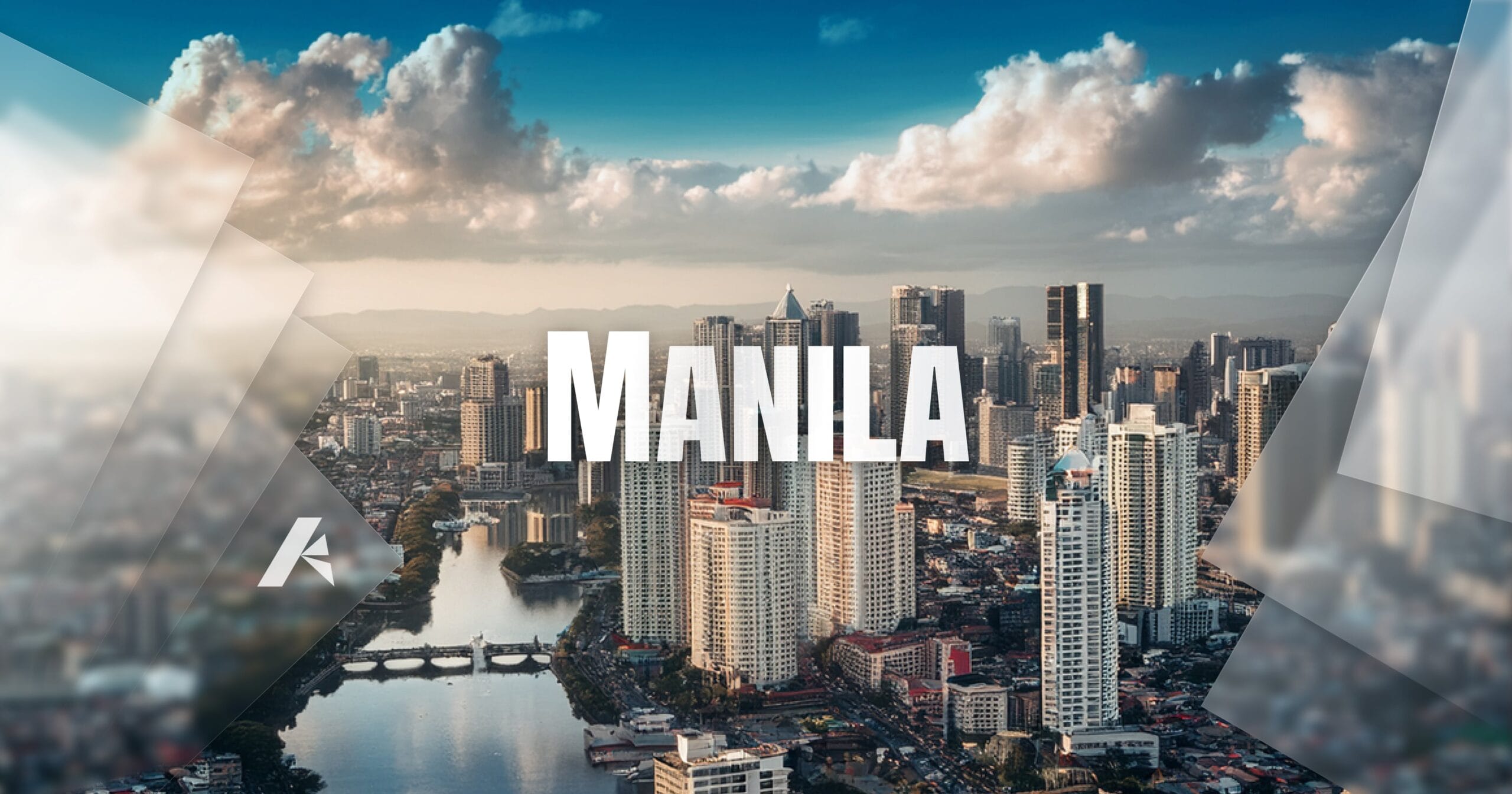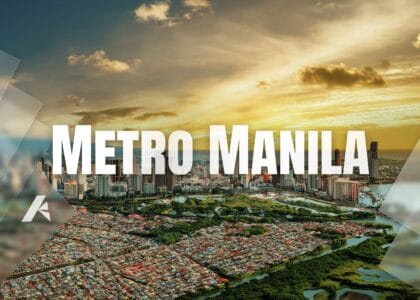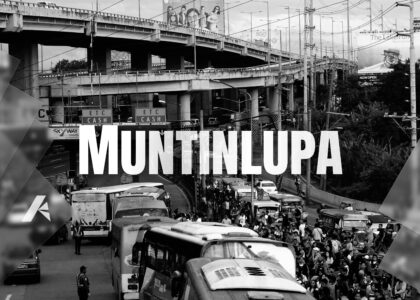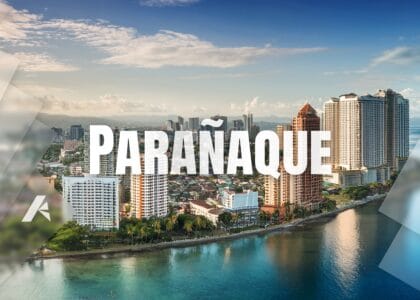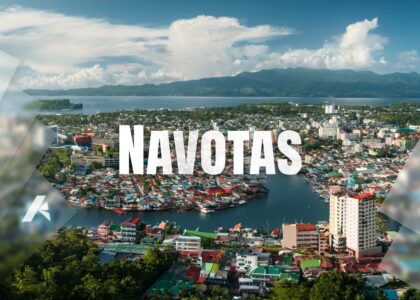Manila City: A Timeless Tapestry of History and Progress
Manila, the capital of the Philippines, stands as a vibrant testament to the resilience, culture, and growth of the Filipino people. From its early days as a riverside settlement to its current role as a bustling megacity, Manila’s story is a rich blend of colonial heritage, revolutionary spirit, and modern development.
A Glimpse into Manila’s Past
The story of Manila dates back to the 13th century when it was a thriving Muslim settlement under the rule of Rajah Sulayman along the banks of the Pasig River. The name “Maynilad” was derived from the nilad plant that grew in the area. This strategic location soon attracted the interest of foreign powers.
In 1571, Spanish conquistador Miguel López de Legazpi declared Manila as the capital of the Spanish East Indies. Intramuros, the walled city, became the center of political, religious, and economic power. For over 300 years, Manila bore the imprints of Spanish rule—churches, fortresses, cobbled streets, and religious influence.
The city later experienced brief but impactful occupations by the British (1762-1764), Americans (from 1898), and the Japanese during World War II. It was during the Battle of Manila in 1945 that the city suffered massive destruction, leaving much of its heritage in ruins. Yet, like a phoenix, Manila rose from the ashes.
Rebuilding and Rebirth
After the war, Manila was rebuilt, brick by brick and dream by dream. The post-independence years brought both challenges and milestones. As the seat of government and commerce, the city grew rapidly in the mid to late 20th century, giving rise to modern infrastructure, educational institutions, and a thriving business district.
Cultural landmarks like Rizal Park, the National Museum, and the revival of Intramuros became symbols of a nation reclaiming its identity. Despite urban struggles such as overpopulation and traffic congestion, Manila continued to serve as a cultural and economic hub.
Manila Today: The Pulse of Progress
Modern-day Manila is part of the larger Metropolitan Manila (NCR), but the City of Manila remains a distinct political and cultural center. Under successive local administrations, the city has undergone revitalization efforts aimed at heritage preservation, urban renewal, and improved public services.
Recent years have seen cleaner streets, restored historical landmarks, improved healthcare facilities, and digital innovations in city governance. Initiatives such as pedestrianized areas in Intramuros, public housing projects, and educational support for students reflect the city’s push for inclusive growth.
The emergence of creative spaces, art hubs, food districts, and tech start-ups show how Manila is blending history with innovation. It is no longer just the city of the past—it is also a city of the future.
Looking Ahead
Manila’s journey is far from over. With its deep historical roots and a growing spirit of innovation, it stands poised to meet the challenges of the 21st century head-on. As it balances heritage with progress, Manila remains the heart of the Philippines—dynamic, enduring, and ever-evolving.
From ancient settlements to a modern metropolis, Manila’s story is one of survival, transformation, and hope—a true reflection of the Filipino spirit.

